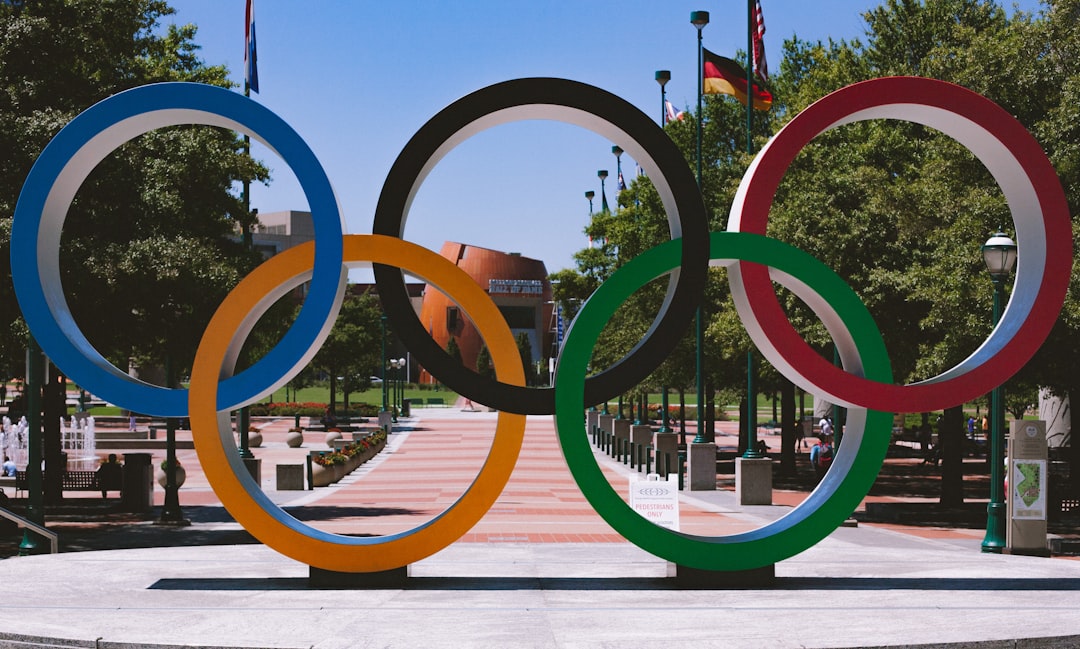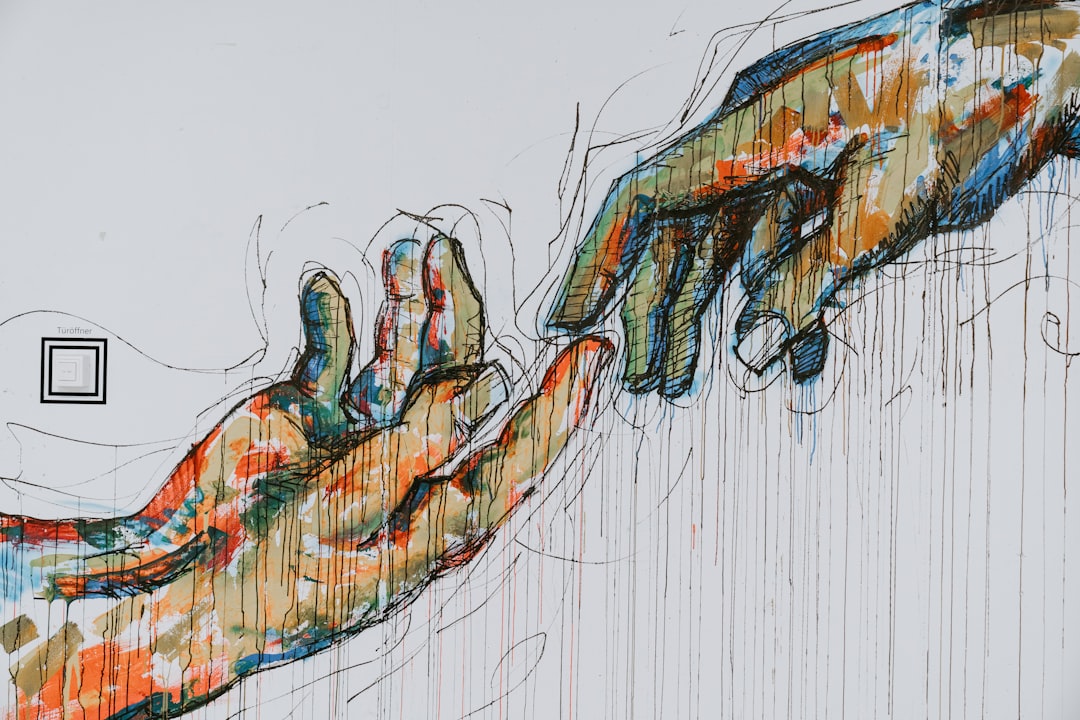What is it about?
This paper proposes MDS applied to Hi-C data on genomic interactions to visualize DNA loops. The reconstituted loops revealed significantly DNA-transcription factor interactions involved in loop formation. In conclusion, this method is an improvement over previous methods for identifying DNA loops.
Featured Image

Photo by Sangharsh Lohakare on Unsplash
Why is it important?
This paper proposes multidimensional scaling (MDS) applied to high-throughput chromo-some conformation capture (Hi-C) data on genomic interactions to visualize DNA loops.Currently, the mechanisms underlying the regulation of gene expression are poorly under-stood, and where and when DNA loops are formed remains undetermined. Previous studieshave focused on reproducing the entire three-dimensional structure of chromatin; however,identifying DNA loops using these data is time-consuming and difficult. MDS is an unsuper-vised method for reconstructing the original coordinates from a distance matrix. Here, MDSwas applied to high-throughput chromosome conformation capture (Hi-C) data on genomicinteractions to visualize DNA loops. Hi-C data were converted to distances by taking theinverse to reproduce loops via MDS, and the missing values were set to zero. Using the con-verted data, MDS was applied to the log-transformed genomic coordinate distances and thisprocess successfully reproduced the DNA loops in the given structure. Consequently, thereconstructed DNA loops revealed significantly more DNA-transcription factor interactionsinvolved in DNA loop formation than those obtained from previously applied methods. Fur-thermore, the reconstructed DNA loops were significantly consistent with chromatin immu-noprecipitation followed by sequencing (ChIP-seq) peak positions. In conclusion, theproposed method is an improvement over previous methods for identifying DNA loops.
Read the Original
This page is a summary of: Multidimensional scaling methods can reconstruct genomic DNA loops using Hi-C data properties, PLoS ONE, August 2023, PLOS,
DOI: 10.1371/journal.pone.0289651.
You can read the full text:
Contributors
The following have contributed to this page










